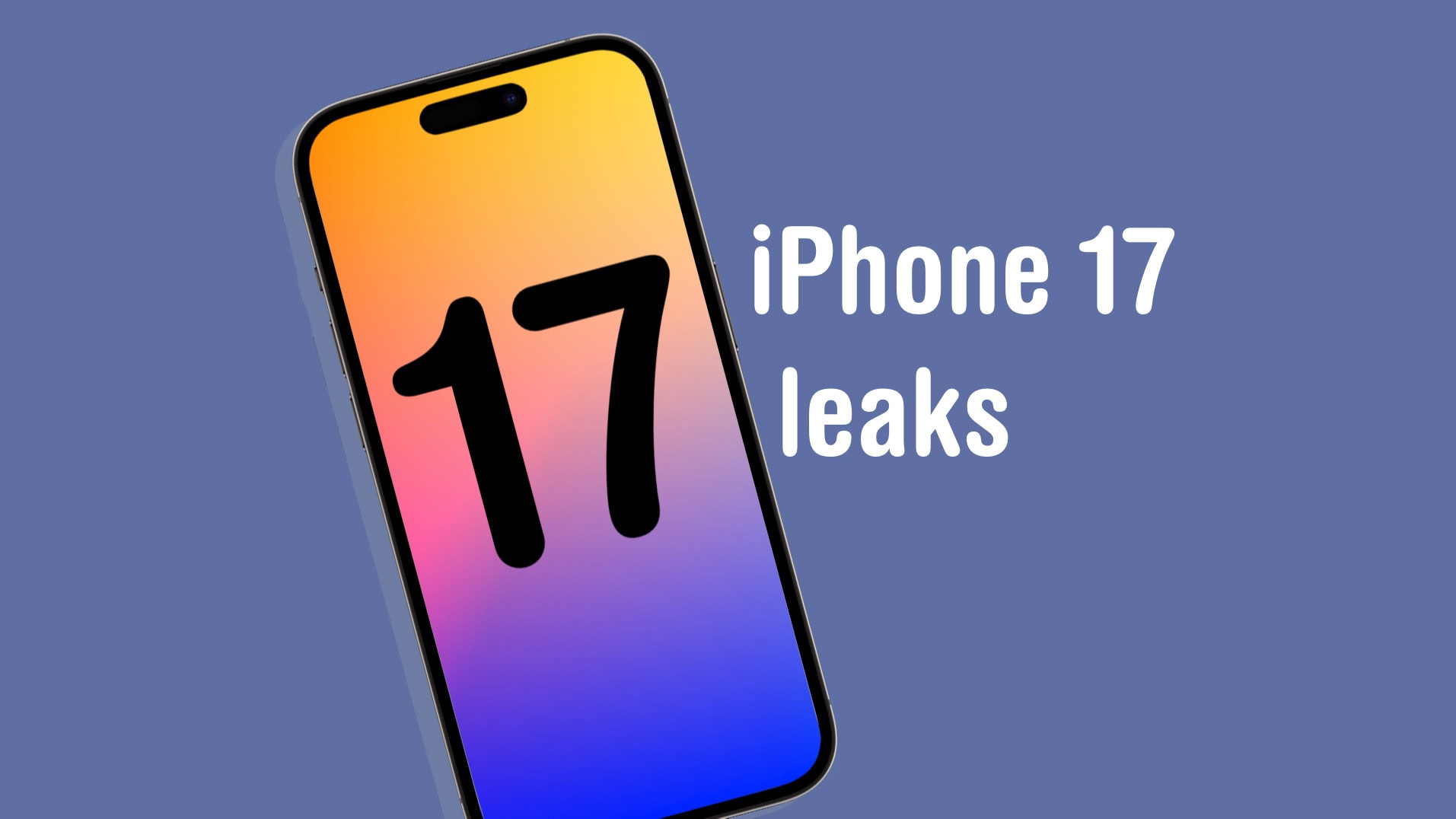The iPhone 17 could get a variable aperture system for the primary camera.
Photo: Cult of Mac
Apple could add variable aperture to the iPhone 17’s primary camera. Variable aperture, commonly found in DSLRs and other high-end cameras, would allow the sensor to limit light input for higher-quality images.
It would also allow for a better depth of field effect, with a nice background blur when shooting close-up subjects.
The iPhone 17 with a variable aperture camera could control the bokeh
Apple upgrades its high-end iPhone camera sensors almost every year for better shooting performance. A larger camera sensor lets in more light, leading to better low-light performance. However, large camera sensors have drawbacks. In daylight, the extra light can overshadow the camera, leading to flare and exposure problems.
Another problem is when taking close-up shots of the subject. A larger camera with a wide aperture will have a limited area of focus, making other parts of the subject look blurry. Using a slower aperture or a smaller sensor is not a viable solution when shooting close-ups as it will compromise image quality. Taking cues from DSLRs and some high-end Android phones, Apple is reportedly planning to use variable aperture on next year’s iPhone 17.
Information reports that Apple plans to add a mechanically controlled variable aperture to at least one model of the iPhone 17 next year. This would allow the camera to adjust the aperture based on lighting conditions and the scene to get the best output.
Given the space required for the variable aperture, it’s unlikely that the rumored iPhone 17 Slim will pack the system. Instead, Apple could debut variable aperture technology on the iPhone 17 Pro Max.
Major Chinese Android phones already use a variable aperture system
Many Chinese Android manufacturers already use variable apertures on their flagship phones. The 50MP primary sensor on the Xiaomi 14 Ultra uses a variable aperture system, allowing stepless adjustment between f/1.6 and 4.0. Samsung also used a variable aperture system on its Galaxy S flagship phone, released in 2018, but abandoned it soon after.
Since the release of the iPhone 17 is more than a year away, a lot could change by then. If Apple continues with variable aperture, it should allow the 2025 iPhone to take better pictures.
